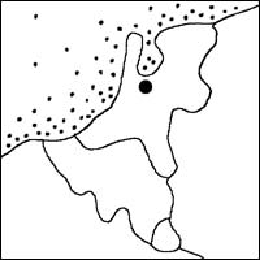Travel Reference
In-Depth Information
Amsterdam still looks much like it did in the 1600s—the Dutch Golden Age—when it
was the world's richest city, an international sea-trading port, and the cradle of capitalism.
Wealthy, democratic burghers built a city upon millions of pilings, creating a wonderland
of canals lined with trees and townhouses topped with fancy gables. Immigrants, Jews, out-
casts, and political rebels were drawn here by its tolerant atmosphere, while painters such as
young Rembrandt captured that atmosphere on canvas.
Today's Amsterdam is a progressive place of 820,000 people and almost as many bikes.
It's a city of good living, cozy cafés, great art, street-corner jazz, stately history, and a spirit
of live and let live. In 2013, Amsterdam celebrated the 400th birthday of its canal system
with a series of art festivals, concerts, and special exhibits.
Amsterdam also offers the Netherlands' best people-watching. The Dutch are unique,
and observing them is a sightseeing experience all in itself. They're a handsome and healthy
people, and among the world's tallest. They're also open and honest—I think of them as re-
freshingly blunt—and they like to laugh. As connoisseurs of world culture, they appreciate
Rembrandt paintings, Indonesian food, and the latest French film—but with an un-snooty,
blue-jeans attitude.
Be warned: Amsterdam, a bold experiment in freedom, may box your Puritan ears. For
centuries,thecityhastakenatolerantapproachtothingsotherplacestrytoforbid.Tradition-
ally,thecityattractedsailorsandbusinessmenawayfromhome,soitwasprofitabletoallow

